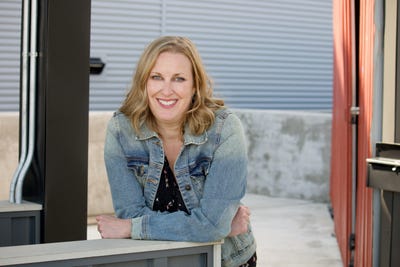Which technologies are right for senior dining?Which technologies are right for senior dining?
CCL Hospitality Group’s latest report on optimizing tech for senior-living communities shines a light on how best to include residents in our increasingly tech-forward world.

Seniors and technology don’t exactly go together. But that stereotype is changing, and stakeholders in the senior-living market are testing out tech that meshes well with the new, incoming demographic of residents.
CCL Hospitality Group, a division of foodservice giant Compass Group, provides infrastructure, data analytics, supply chain management, culinary and tech support for several major players in the senior-dining field, including Morrison Living, Unidine, Coreworks and The Hub, serving a total of 850 senior-living communities in 44 states.
With an eye on optimizing technology for those communities, CCL Hospitality Group is recognizing that the incoming generation, aka Baby Boomers, is increasingly fluent with technology, and is looking to tech for health, lifestyle, sustainability and yes, dining.
In CCL’s recent monthly report, Chief Culinary Officer Randy Emert, SVP, says he’s found that this generation is also more interested in sustainability than their predecessors.
“We’ve said goodbye to traditional printed recipes and have welcomed a new era of eco-friendly cooking,” Emert says in the report, adding that a paperless kitchen also means more chances for interaction with the cooking, leading to a better dining experience overall.
The report noted several areas of tech that are finding their place in senior dining.
While sous vide cooking is not a new technology, it has found a resurgence in the midst of labor challenges, as a time saver that allows chefs to provide food in advance while also using tougher, less expensive cuts of meat, for example.
Another area that fits well with senior dining back-of-the-house operations is the efficiencies of digital kitchens, according to the report. Staff can get recipes, reports, production sheets, HACCP info and more in real time. Hot holding systems that hold hot food for longer times are also easing labor issues. Training programs through online platforms are another way tech is lending a helping hand for senior dining.
As for the resident-facing side of senior dining, the report points out that seniors are, for the most part, comfortable using menus and ordering from their digital devices. Unattended micro markets are proving to be a way to let residents have 24/7 access to food and beverages, noting that residents now expect flexibility, while keeping that feeling of independence.
While all the new tech is great, the CCL report cautions those using it to never lose sight of the human element: “While bringing new technology solutions to meet the needs of your current and prospective residents into your community, it’s essential to do so without losing that personal touch with residents.”
Maintaining that balance is definitely food for thought.
Read more about:
Compass GroupAbout the Author
You May Also Like






